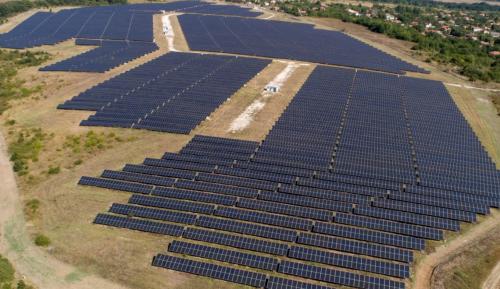Solar Panels: The Power Plate

According to Thomas Edison, “We are
like farmers dicing down the area around our house for fuel when we should be
using inexhaustible sources of energy like the sun “. Being a renewable source
of energy, the sun is the most consistent source of power and extracting that
energy directly into a usable form (known as solar power) is the best way to
consume renewable sources for operational energy. While depending on the sun
for the extraction of energy is not a rocket science thing, its simplistic
approach and eased setup help people to adopt solar panels more efficiently
with almost zero maintenance.
India encourages manufacturers to
adopt solar energy. Evolution, advancements, and diverse tax rebates allow this
era to adopt green technology, and just like every other packet of a wafer,
this packet of solar energy also consists of some easter egg moments and
surprises. and which package to choose according to your savour and need is the
question.
Solar panels can be classified
based on:
1. Capacity:
Finalize a panel according to your
daily power consumption that can be identified with the help of the current
electricity bill and hence choose the panel with varied power output.
2. Area of installation:
Solar panel output depends upon the
panel’s surface area capturing the light. If you have an unshaded or uncovered
installation area, then monocrystalline or polycrystalline solar panels are an
ideal choice as they dispense maximum yields from direct sunlight absorption.
If you have a shaded area of installation then amorphous or thin film-based
solar panels is a patent form for you as it comes with power optimizers
connected to a normal inverter that works on light reflections rather than
direct sunlight.
3. Efficiency:
The quality of silicon embedded is
directly proportional to the Solar panel's efficiency. If your top priority is
the efficiency you should go with the monocrystalline solar panels with
micro-inverters build-up of purest silicon material best suited for highest
absorption of sunlight and hence extracting out the highest possible electrical
energy with the highest conversion rate. Whereas polycrystalline and amorphous
build uses a homogenous mixture of metals and silicon with a pre-requisite
industry average of 16-18%.
4. Temperature
coefficient:
Panel degradation caused due to the
continuous trapping of heat referred to the temperature coefficient affecting
the operational efficiency. a panel having a lower coefficient per degree
Celsius works well in extreme climatic conditions comes with central solar
inverters for better efficiency. Amorphous panels have the highest degree of
coefficient and hence they failed to stand out in the extreme heat caused due
to direct sunlight.
5. Subsidies:
Post Your Ad Here
Comments